Blog
Jewellok is a professional pressure regulator and valve manufacturer and supplier.

How Does the High Pressure Back Pressure Regulator Work?
- Pressure Regulator Valve Manufacturer
- 2 stage argon regulator, 2 stage nitrogen regulator, adjustable back pressure regulator, Adjustable Back Pressure Regulator Factory, automatic back pressure regulator, back pressure control valve, Back Pressure Regulator, back pressure regulator diagram, back pressure regulator for liquid, back pressure regulator gas, Back Pressure Regulator Hotsale, Back Pressure Regulator Manufacturer, back pressure regulator outlet pressure, back pressure regulator price, back pressure regulator valve, backpressure regulator, bcf connector, chinese propane gas cylinder, diaphram valve, double block and bleed valve, double block bleed valve, excess flow valve, fusible plug, high pressure back pressure regulator, high pressure back pressure regulator manufacturer, high pressure back pressure regulator market, high pressure back pressure regulator suppplier, high pressure regulator, hydraulic regulator, low pressure back pressure regulator, pressure gauge fitting - 3/8 qc, pressure relief valve vs safety relief valve, quick connect valve, sanitary back pressure regulator, single stage pressure regulator, single stage propane regulator, single-stage regulator, ultra high purity, victor edge series 2.0 regulator, water back pressure regulator
- No Comments
How Does the High Pressure Back Pressure Regulator Work?
In the realm of fluid and gas control systems, pressure regulators play a pivotal role in ensuring operational safety, efficiency, and precision. Among these, the high pressure back pressure regulator stands out as a specialized device designed to maintain a consistent upstream pressure in demanding environments where pressures can exceed thousands of pounds per square inch (psi). Unlike standard pressure-reducing regulators that lower downstream pressure, back pressure regulators focus on controlling the pressure at their inlet, effectively acting as a guardian against overpressurization while allowing excess fluid to be relieved or bypassed.
The concept of back pressure regulation is essential in industries where high pressures are commonplace, such as oil and gas extraction, chemical processing, aerospace, and pharmaceutical manufacturing. These regulators are engineered to handle extreme conditions, with some models capable of managing pressures up to 10,000 psi or more. Their ability to provide stable pressure control not only prevents equipment damage but also optimizes process performance by ensuring consistent flow rates and preventing fluctuations that could lead to inefficiencies or hazards.
Understanding how a high pressure back pressure regulator works requires delving into its principles, components, and mechanisms. At its core, the device operates on the force-balance principle, where mechanical forces counterbalance fluid pressures to achieve equilibrium. When the upstream pressure exceeds a predetermined setpoint, the regulator opens to relieve the excess, maintaining the desired pressure level. This article explores these aspects in depth, drawing from engineering insights to provide a comprehensive guide. By the end, readers will appreciate not only the functionality but also the applications and maintenance considerations for these critical components in high-pressure systems.
High pressure back pressure regulators have evolved significantly since their inception, incorporating advanced materials and designs to withstand corrosive media, extreme temperatures, and variable flow rates. For instance, in high-pressure scenarios, they prevent system failures by dynamically adjusting to pressure spikes, ensuring reliability in mission-critical operations. This introduction sets the stage for a detailed examination of their inner workings, highlighting why they are indispensable in modern industrial setups.

Fundamental Principles
The foundational principle behind a high pressure back pressure regulator is force balance, a concept where opposing forces—typically from springs, diaphragms, or pistons—are equilibrated against the inlet fluid pressure. This differs markedly from pressure-reducing regulators, which control downstream pressure by reducing a higher inlet pressure to a lower outlet level. In contrast, back pressure regulators maintain upstream pressure by opening only as needed to relieve excess pressure, effectively acting as a precise relief valve that emphasizes steady-state control rather than abrupt on/off actions.
In high-pressure environments, this principle becomes even more critical. Pressures can range from 1,000 psi to over 10,000 psi, requiring robust designs that can handle such forces without failure. The regulator continuously adjusts its valve position to keep the inlet pressure at the setpoint. If the pressure rises above this point, the force from the fluid overcomes the opposing mechanical force, opening the valve to vent or bypass the excess fluid. Conversely, if pressure drops, the valve closes to build it back up.
Key to this operation is the concept of proportional control, where the valve opening is directly proportional to the pressure deviation. In self-contained models, this can lead to a phenomenon known as “pressure buildup,” where inlet pressure slightly rises above the setpoint at higher flow rates. However, in advanced high-pressure designs, such as dome-loaded regulators, a reference pressure is applied to a diaphragm, enhancing precision and minimizing deviations. This reference pressure, often set via a pilot or electronic controller, ensures the upstream pressure tracks closely within 0.2% to 0.5% of the setpoint, even under fluctuating conditions.
Another principle is equilibrium control, particularly in dome-loaded types, where the diaphragm seals multiple orifices until inlet pressure exceeds the reference, lifting the diaphragm to relieve pressure instantaneously. This fast response is vital in high-pressure scenarios to prevent surges that could damage pipelines or equipment. Additionally, differential pressure regulation introduces a third pressure reference to maintain a fixed difference between two points, useful in systems like compressor seals where high pressures must be balanced to avoid contamination or backflow.
These principles ensure that high pressure back pressure regulators provide stability across wide flow ranges, from low to high rates, and handle gases, liquids, or mixed-phase fluids. Their design mitigates issues like cavitation or erosion in high-velocity flows, making them suitable for rigorous industrial demands.
Key Components
A high pressure back pressure regulator comprises several essential components that work in unison to achieve precise control. At the heart is the diaphragm or piston, which serves as the sensing element. Made from durable materials like glass-reinforced PTFE, stainless steel, or Hastelloy, the diaphragm responds to pressure differences, flexing to open or close the flow path. In high-pressure models, these are reinforced to withstand extreme forces without rupturing.
The spring assembly provides the opposing force in spring-loaded types, with adjustable tension to set the pressure point. For dome-loaded regulators, the dome chamber replaces or supplements the spring, allowing a reference pressure (gas or liquid) to be applied directly to the diaphragm for finer control.
The valve or poppet is the movable part that controls flow through the orifice. In high-pressure designs, it’s often a spherical or angled pattern to minimize erosion from high-velocity fluids. The orifice itself is the restricted passage where flow is modulated, sized according to the application’s pressure and flow requirements.
In pilot-operated variants, a pilot valve acts as a secondary controller, sensing pressure and modulating the main valve’s position for enhanced responsiveness. This is particularly useful in high-pressure scenarios where rapid adjustments are needed. Reference ports connect to external controllers, while the body—constructed from high-strength alloys like 316 stainless steel or zirconium—houses all components and endures the system’s pressures.
Flow restrictors, such as upstream needle valves, are often integrated or recommended to create necessary pressure drops, ensuring the regulator functions effectively without “shutting down” under low source pressures. Seals and O-rings provide leak-proof operation, crucial in high-pressure environments to prevent hazardous leaks.
These components are selected based on the application’s demands, with high-pressure models featuring thicker walls, reinforced diaphragms, and corrosion-resistant materials to handle aggressive media and extreme conditions.
Detailed Working Mechanism
The working mechanism of a high pressure back pressure regulator begins with setting the desired upstream pressure, or setpoint. In a spring-loaded model, this is achieved by adjusting the spring tension, which exerts a force on the diaphragm or piston. Fluid enters the inlet, exerting pressure against the sensing element.
If the inlet pressure is below the setpoint, the spring force keeps the valve closed, allowing pressure to build upstream. As pressure reaches and exceeds the setpoint, the fluid force overcomes the spring, moving the poppet away from the seat and opening the orifice. This relieves excess pressure by allowing fluid to flow to the outlet, which could be a bypass line, vent, or recirculation system.
In dome-loaded regulators, a reference pressure is applied to the dome side of the diaphragm, sealing it against multiple orifices. When inlet pressure surpasses this reference, the diaphragm lifts fractionally, relieving just enough pressure to restore equilibrium. This mechanism provides ultra-fast response times, often in milliseconds, ideal for high-pressure pulses.
For pilot-operated types, the process is two-staged: the pilot valve senses inlet pressure and adjusts the loading pressure on the main diaphragm. If pressure rises, the pilot opens, reducing load on the main valve, which then opens wider to relieve more flow. This minimizes pressure deviations, crucial in high-pressure systems where even small fluctuations can cause issues.
In high-pressure scenarios, considerations include compressibility of the pilot media—gases are preferred for their cushioning effect, enhancing stability. The regulator must also account for flow restrictions: an upstream restrictor ensures a pressure drop, preventing the regulator from opening fully without control. Without it, in series with other regulators, competition can occur, leading to unstable pressures.
The mechanism’s precision is evident in its ability to handle variable flows; for example, in a sampling system, it diverts excess flow to maintain constant analyzer pressure. In extreme high-pressure applications, electronic controls integrate feedback loops, using sensors to adjust the reference pressure dynamically for closed-loop operation.
Overall, the mechanism ensures safety by preventing overpressurization while maintaining efficiency through precise control.
Types of High Pressure Back Pressure Regulators
High pressure back pressure regulators come in various types, each tailored for specific needs.
Spring-loaded or self-contained regulators are the simplest, using a spring-diaphragm assembly for direct force balance. They suit moderate high-pressure applications up to 2,500 psi, offering economy but with some pressure buildup at high flows.
Dome-loaded types enhance precision by using a reference pressure on the diaphragm, capable of handling up to 10,000 psi in research series models. They excel in variable conditions, with materials like Hastelloy for corrosive high-pressure environments.
Pilot-operated regulators provide tight control in high-pressure scenarios, using a pilot to modulate the main valve, ideal for flows varying widely and pressures up to 5,000 psi.
Differential regulators maintain a fixed pressure difference, useful in high-pressure compressor systems to prevent backflow.
Electronic versions integrate controllers for automated setpoint adjustments, perfect for R&D in high-pressure testing.
Each type addresses specific high-pressure challenges, from simplicity to advanced control.
Applications in High Pressure Environments
In oil and gas, these regulators hold pressure on production vessels, releasing upstream when setpoints are reached, handling pressures over 5,000 psi. In chemical processing, they control reactions under high pressure to prevent explosions.
Aerospace uses them in fuel systems for precise pressure maintenance during testing, up to 10,000 psi. Pharmaceuticals employ sanitary models for sterile high-pressure processes.
In power generation, they manage steam or gas pressures in turbines, while in sampling systems, they ensure constant analyzer pressure.
High-flow variants handle large volumes in pipelines, preventing overpressure in extraction sites.
These applications underscore their versatility in safeguarding high-pressure operations.
Advantages and Limitations
Advantages include precise control, fast response, and versatility across fluids and pressures. They enhance safety by relieving excess pressure and are durable in harsh conditions.
Limitations: Self-contained types may exhibit buildup, and complex models like pilot-operated require maintenance. High-pressure designs can be costly, and improper setup leads to instability.
Overall, benefits outweigh drawbacks in critical applications.
Maintenance and Best Practices
Regular inspection of diaphragms and springs is essential; replace worn parts to prevent failures. Clean orifices to avoid blockages, and calibrate setpoints periodically.
In high-pressure setups, ensure compatible materials and install with restrictors. Troubleshoot by checking for leaks or erratic behavior, often due to improper reference pressure.
Follow manufacturer guidelines for longevity.

Conclusion
High pressure back pressure regulators are vital for maintaining upstream pressure in demanding systems. Through force balance and advanced designs, they ensure safety and efficiency. As industries evolve, these devices will continue to play a key role in high-pressure management.
For more about how does the high pressure back pressure regulator work, you can pay a visit to Jewellok at https://www.jewellok.com/ for more info.
Recent Posts
The Complete Guide to Camco 59013 Single Stage Propane Regulator
A Closer Look at How a Single-Stage Propane Regulator Works
The Adjustable Back Pressure Regulator Application Guide
What is a High Pressure Argon Gas Regulator?
How a Gauged Two-Stage Propane Gas Pressure Regulator Works
The Best Natural Gas Pressure Regulators Manufacturers in USA
How to Choose the Right Laboratory Gas Valves
Tags
Recommended Products
-

BSGS Large Flow Specialty Gas Supply Cabinet 3 Cylinder Gas Storage Cabinet Fully Automated PLC Control Bulk Specialty Gas Systems (BSGS) Gas Cabinets
-

JF Series In-Line Gas Filters | High Purity High Precision High Flow Semiconductor Gas Filter Gas Filtration & Purification
-
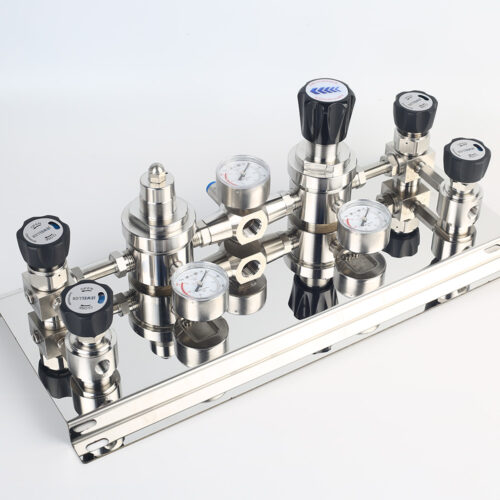
Stainless Steel Single Stage Semiconductor Grade Pressure Control Module Pressure Control Panels JSP-6A Series
-
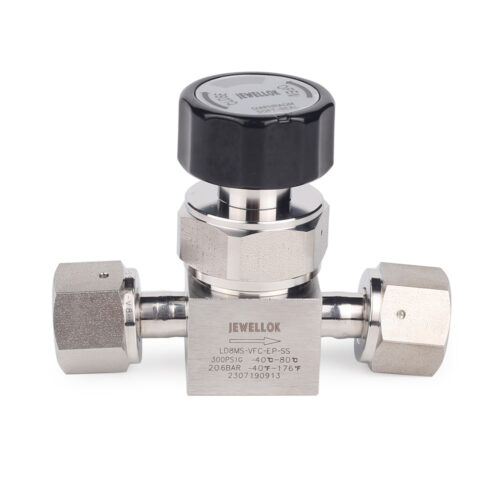
Flow Control Stainless Steel Low Pressure Manual Diaphragm Valve For High Purity And Ultra High Purity Gases
-
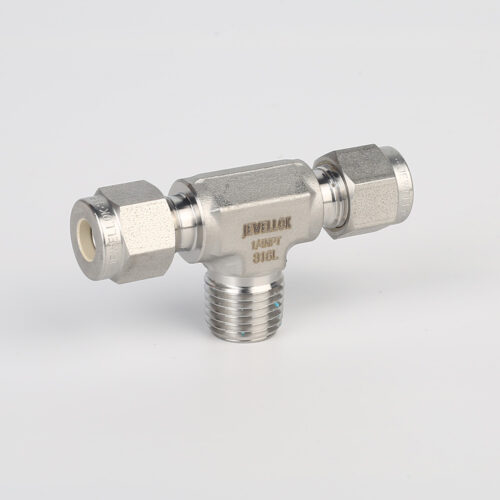
772L Male Branch Tee | Stainless Steel High-Purity Tube Fitting Male Branch Tee
-
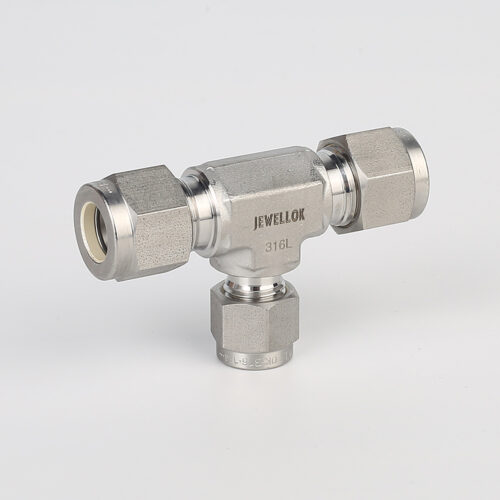
764LR Stainless Steel 316 Reducing Tee UHP Fitting Automatic Buttweld Reducing Tee
-

774L Stainless Steel UHP Fittings Butt Weld Bulkhead Union For High Flow Special Gas Fluid
-
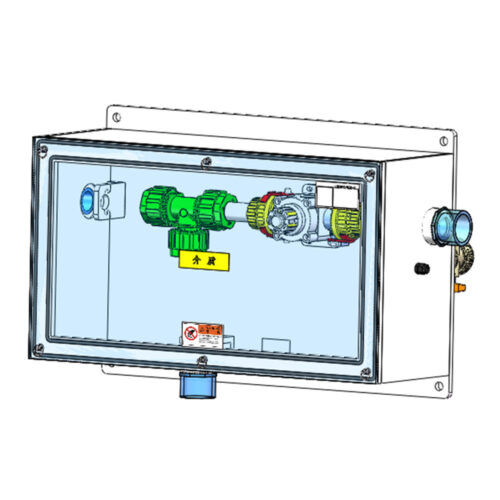
FT-BOX JW-FTB-C Valve Manifold Panels And Boxes With High Purity Configurable Systems